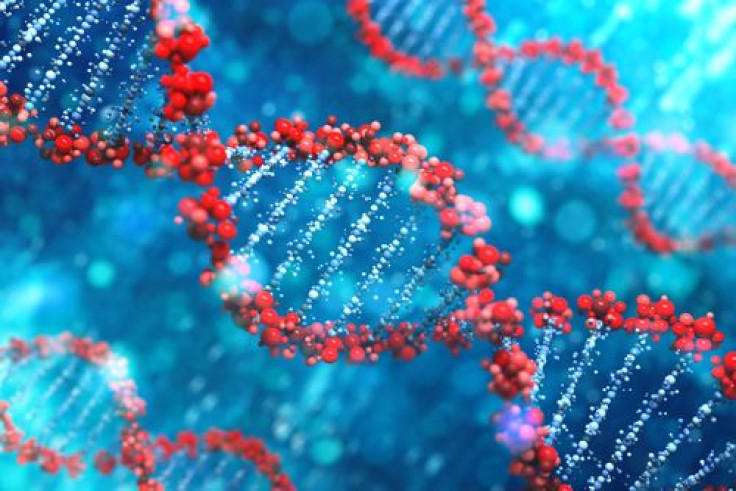Evolutionary Relatives? Humans, Flies, And Worms Show Remarkable Similarities In Gene Expressions

How many of us give a thought to the fly that we swat on the table or the worm that we squish underfoot? Maybe next time we should, because though separated by hundreds of millions years of evolution, flies, worms, and humans share ancient patterns of gene expression. In other words, they are our evolutionary ancestors. This discovery was made by a massive Yale-led analysis of genomic data and also by studies led by Harvard and Stanford scientists.
All three studies make an appearance in the Aug. 28 issue of the journal Nature and state that though humans, worms, and flies bear little if no resemblance to each other, evolution used the same core molecular machinery to shape them. "It is remarkable to find these similarities across a half billion years,'' said Mark Gerstein, senior author of one of the papers, in a statement. "It also illustrates how studying model organisms can help us to annotate the human genome."
The human, fly, and worm genome are all composed of the same building blocks or nucleotides. Throughout evolution, these building blocks have grown in size, to about 10 times bigger in humans than in flies and worms. However, the three have comparable numbers of functioning genes that code for proteins. Another striking similarity they found was that all three species share many expression programs turning genes on and off in a coordinated fashion. The gene expression patterns were so similar, in fact, that investigators were able to use them to match up the stages in worm and fly development.
The study found that the patterns of transcription, the first step of gene expression in which a particular segment of DNA is copied into RNA , was similar in all three species. The paper also reported that the control of this process by the packaging of DNA is very similar in all of the organisms. This helped the authors build a quantitative model of transcription for humans and then successfully apply it without alteration to the fly and worm.
"When we look at flies or worms, it is difficult to believe that humans have anything in common with them," Gerstein said. "But now we can see deep similarities in them that better help us interpret the human genome."
But dramatic differences emerged when the scientists looked at pseudogenes in the three species. Pseudogenes are genes similar to normal genes but have become nonfunctional due to duplication, which results in loss of gene function. Pseudogenes are essentially fossil genes and are an important aspect to studying evolution in organisms.
In the Aug. 25 issue of the Proceedings of the National Academy of Sciences, the Yale scientists reported vast differences between organisms in terms of these fossils, which means that each of the species must have followed very different evolutionary trajectories to reach to their present state.
"On one hand, we saw similarities that reflect biological necessity and, on the other hand, differences that mirrored the organism's history," concludes coauthor Cristina Sisu.
The similarities that we share with the fly and worm will have great implications in the study of neurological and physiological disorders that often depend on model organisms for development of interventions.
Source: Rozowsky J, Sisu C, Gerstein M, et al. Nature. 2014.



























